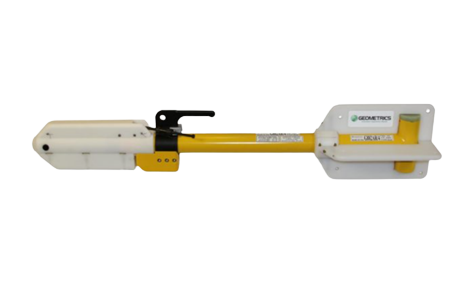
Insights into Offshore Survey Jobs (Part 2)
I've previously described the small multibeam sensor that was mounted on the Over-side pole (OSP), as well as the specific multibeam sensor we installed on the bottom of the vessel to provide complete coverage of the sea bottom while the lines were being run.

This sensor provides surveyors with a clear picture of the bottom so they can determine the state of the seabed and its topography to estimate possibility of installation of turbines.

Nearing the end of my explanation, I will now discuss the deck winches and other equipment that are used on our vessel during survey operations.


Seismic-wires drum & Cabling.

EIVA Side-Wich
For the Seismic operations usually, special buoys are in use, for example: Sparker and Streamer buoys in addition with Head and Tail buoys.

Sparker & Streamer
For the scanning of the bottom, such kind of equipment is in use:


Magnetometer (Maggie) and floating boat for connection (can be different).

Scanfish EIVA + Magnetometers (Maggies).

Scanfish EIVA (damaged).
Who is interested about equipment and items prices can check items & prices here: EIVA
The work itself is calm enough, and the main objective is to adhere to the lines that the surveyors have provided from their container. The key concept is to maintain the line between various origins. As I've said before, survey operations are too susceptible to outside influences like the weather, vessel noises, and speed. The OOW's responsibility is to monitor all of the equipment and steer the boat with the proper offset in accordance with the wind and current. Our ship is equipped with a great autopilot called SIMRAD, which gives you the option to set up and offset for the route as well as operate in follow track mode. Everything else, including the track provided by the surveyors, should be maintained by OOW.

SIMRAD AP70MK2

The survey screen looks like this. You have information, and you can see the line and deployed equipment on the screen. Your primary responsibility is to maintain the "FISH" on the line. Surveyors are providing you with an origin. The majority of turns are made with manual steering, but there are some situations where an autopilot can follow effectively. This depends on the settings that you can discuss with the surveyor in order to give them directions on how to make the vessel turn more easily. In the beginning of this post is shown the set up example of the Survey vessel.
Author: Bogdan Oliinyk